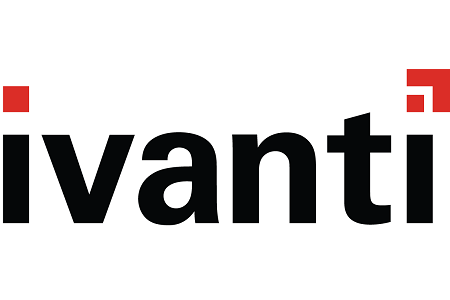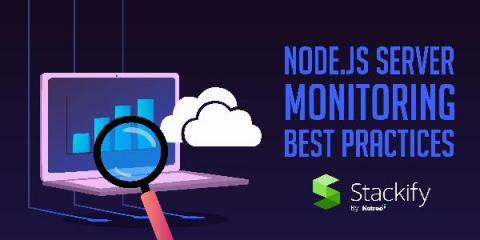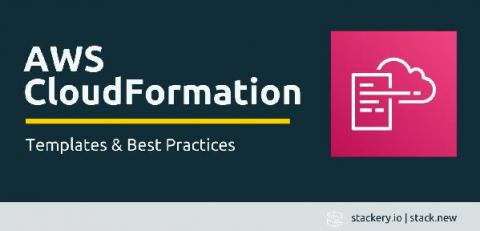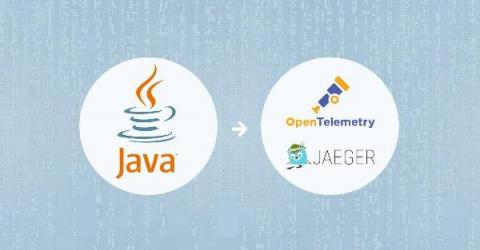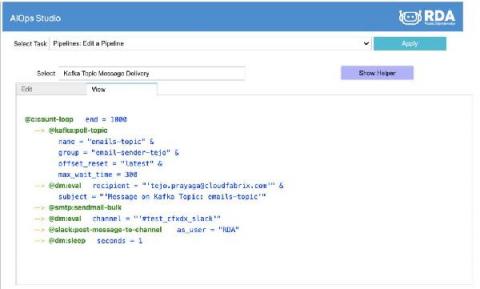ABC's of UEM - Part 4
In my introduction to this blog series, I talked about why Unified Endpoint Manager (UEM) is more relevant than ever before. While reading this blog put your own experiences into perspective with how you and your company were forced to work during COVID-19.


